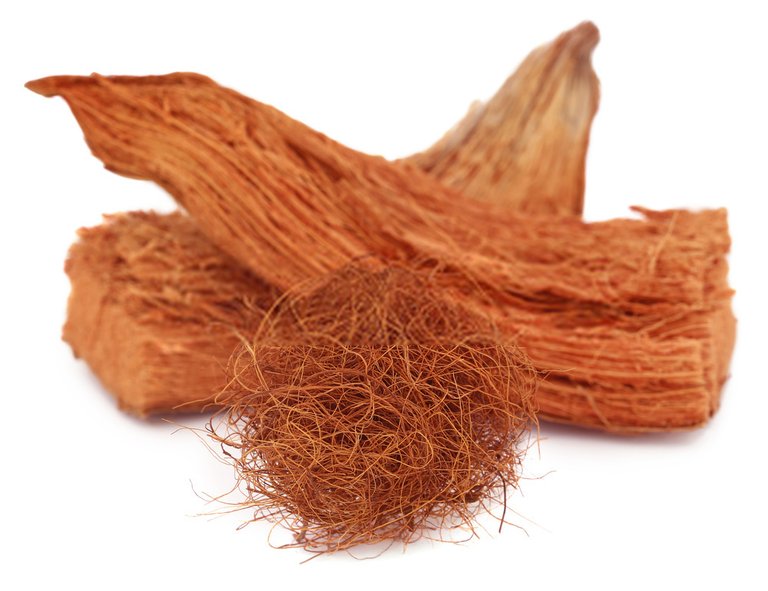BRICK: Building a Renewable Lightweight Bricks Incorporated with Kokonut Husks and Cigarette Butts as a Subterfuge to Smear: Literature Review
The Grade 12 Science, Technology, Engineering, and Mathematics (STEM) subject—Practical Research—brought these students to nurture their learning by innovating ideas. The recent studies serve as a guide and help these researchers, Phoemela Irish G. Las Piñas (@laspinas), Alyssa Marjorie M. Mendoza (@alymndz), Kassandra A. Garcia, Kelly Christopher A. Calangi (@kellyclngi), Abygail Q. Cepillo (@galye), Angel Sheen B. Dipasupil (@angelsheen), Alan Jhossef C. Manalo (@jhossef), Johram Vaughn M. Maramot (johrammaramot), and Christine Joy A. Napa (@napaniaoeks), to complete their tasks.
Innovation is what the world needs right now. This research talks about the innovation of lightweight bricks made with cigarette butts. The idea was created to solve some of the problems facing the citizens of the country: pollution, waste, and expensive construction materials. According to Moujud (2023), with ecological awareness, researchers' interest has increased in using various wastes, such as cigarette butts and coconut husks, as agents in making bricks. Stating that developing such products is a big help for our environment and for raising ecological awareness. The goal of this research is to reduce waste in the community, which will improve many aspects of living.
Focusing on the innovative movement that this research will create, the researchers will pay more attention to lessening the cigarette butt litter around Mabini, Batangas. According to the Truth Initiative (2018), cigarette butts can take at least nine months to decompose, giving the researchers chances to recycle them and turn them into something more useful. This research will produce a lightweight, renewable brick made with cigarette butt and coconut husk as its fiber that will also contribute not only for construction purposes but also for the sake of the environment.
According to the study of Rahman, M. A., and Islam, M. S. (2018), published in the International Journal of Engineering and Technology, examined the use of coconut husk as a substitute for sand in mortar mixes. The researchers found that using coconut husk instead of sand reduced the amount of cement required while maintaining the same level of strength and durability. In addition to their potential use in construction, coconut husks also offer other benefits. They are rich in cellulose, lignin, and other organic compounds that can be converted into biofuels or bioplastics.
According to Singh et al. (2018), coconut husks have been gaining attention in recent years as a sustainable and eco-friendly alternative to traditional building materials. Researchers have found that these husks can be used to create durable and insulating bricks, which could potentially replace conventional bricks in construction. One study published in the Journal of Cleaner Production by Singh et al. (2017) explored the use of coconut husk ash (CHA) as a partial replacement for cement in concrete production. The results showed that CHA improved the mechanical properties of the concrete, including its compressive strength and durability.
 Image Source.
Image Source.
The literature was supported by Moujud’s study. According to Moujud, it will be more sustainable if the brick is composed of waste materials. Furthermore, these studies proved that the researchers’ chosen materials and ingredients will improve both environmental purposes and construction’s innovation. Altogether, these literature and studies grasp just one goal, and that's to prove that cigarette butt and coconut husk can do better in terms of their contribution to the innovation of products in society.
The creation of these environmentally friendly lightweight bricks has to start with picking up waste products and incorporating all the materials to be used. However, there are some challenges associated with using coconut husks as bricks. One of the main limitations is the availability of raw materials, as coconut cultivation is not widespread in all regions. Additionally, the processing and conversion of coconut husk into usable building materials can be time-consuming and costly. Despite these challenges, the potential advantages of using coconut husk as a brick's component make it an exciting area of research. As more studies are conducted and technologies improve, we may see coconut husks become a common component in sustainable and eco-friendly buildings around the world.
References:
Moujoud, Z., Harrati, A., Manni, A., Naim, A., Bouari, A. E., & Tanane, O. (2023). Study of fired clay bricks with coconut shell waste as a renewable pore-forming agent: Technological, mechanical, and thermal properties. Journal of Building Engineering, 68, 106107. https://doi.org/10.1016/j.jobe.2023.106107.
Rahman, M. A., & Islam, M. S. (2018). Use of coconut husk as substitute for sand in mortar mixes. International Journal of Engineering and Technology, 10(1), 1-6.
Singh, S. K., & Gupta, R. K. (2018). Sustainable Use of Cigarette Butts in the Construction Industry. International Journal of Scientific & Engineering Research, 9(2), 1-6.
Singh, S. B., & Kumar, V. (2017). Coconut husk ash as partial replacement for cement in concrete production. Journal of Cleaner Production, 143, 789-797.
Truth Initiative (2018). Why are Cigarette-Butts the most littered item on earth, https://truthinitiative.org/research-resources/harmful-effects-tobacco/why-are-cigarette-butts-most-littered-item-earth.